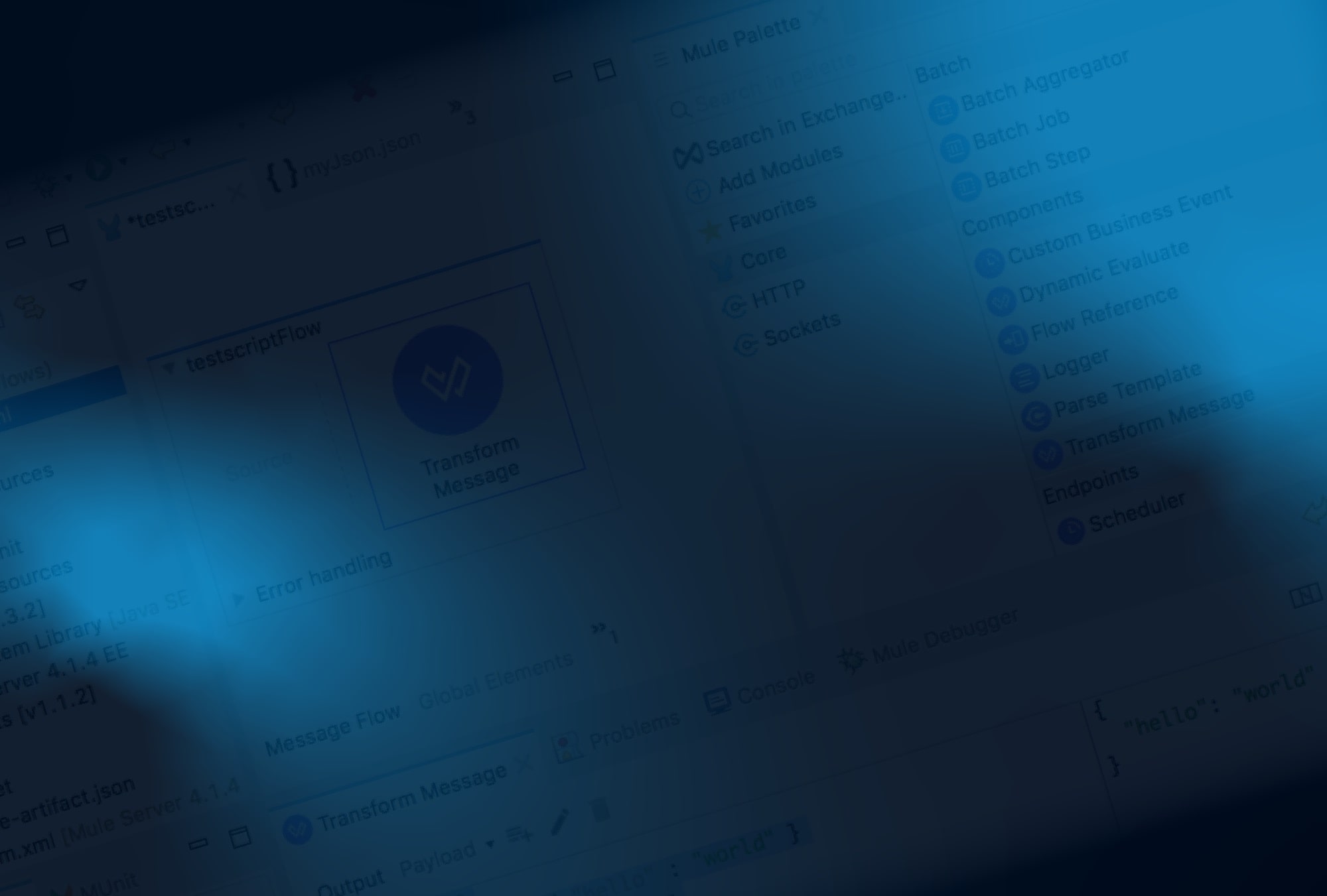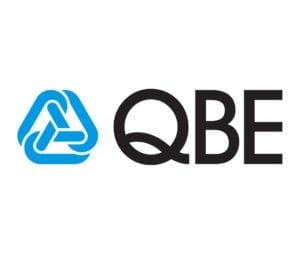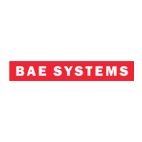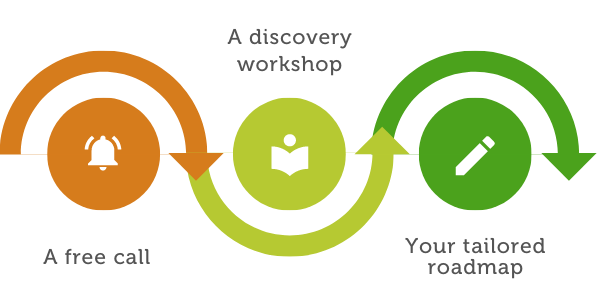We start with a free discovery call. This no-obligation chat helps us understand your objectives and the needs of your business, as well as how we can support your organisation's growth and development.
A free, one-day virtual discovery workshop with your stakeholders will ensure that the roadmap we create for you meets your exact needs. We'll walk you through our processes with transparency so you can see how we deliver each time-saving, productivity-boosting outcome.
You will receive a tailored roadmap for your integration and automation success.
BOOK A FREE DISCOVERY CALL
 CASE STUDY
CASE STUDY





)









